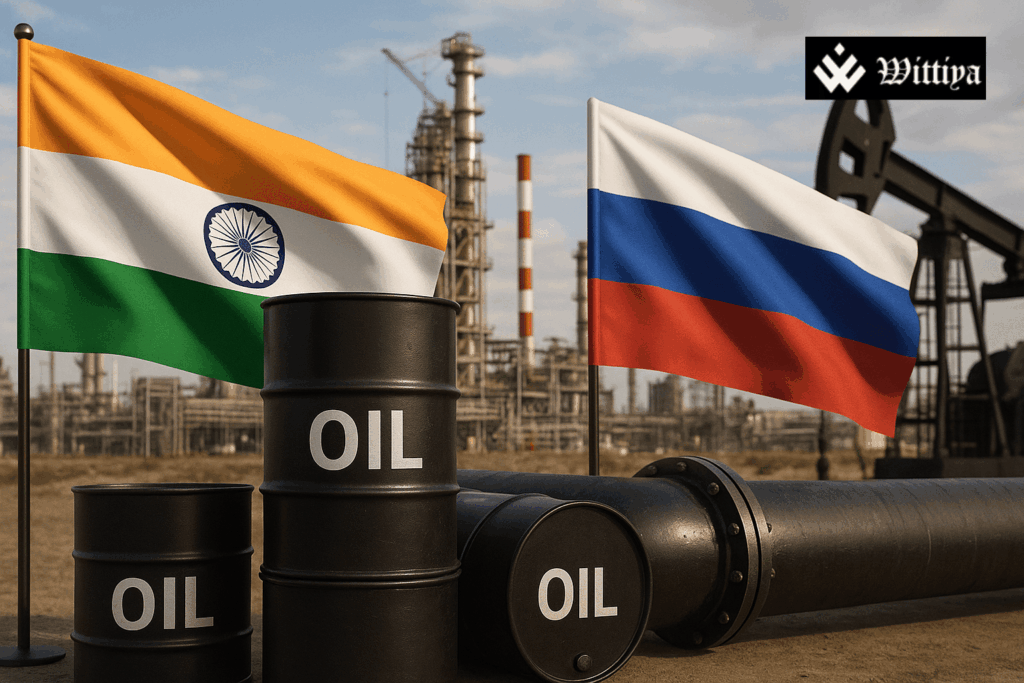India’s crude oil import dynamics saw a major shift in the fiscal year 2024-25, with Russia maintaining its dominance as the country’s top oil supplier for the third consecutive year. Due to continued discounted prices, India’s refiners increased their purchases from Russia, causing the Organization of the Petroleum Exporting Countries (OPEC) to see their share in India’s oil imports fall to a historic low.
India’s crude oil import structure experienced a significant transformation in the fiscal year 2024-25, with Russia emerging once again as the country’s top oil supplier, pushing the Organization of the Petroleum Exporting Countries (OPEC) to a record low share in the Indian market, according to industry and trade data.
Russia’s dominance continues for the third straight year, accounting for a massive 36% of India’s total crude oil imports. This shift is largely attributed to the deeply discounted prices offered by Russian suppliers amid ongoing geopolitical tensions and sanctions, which Indian refiners capitalized on to meet domestic fuel demands at lower costs.
OPEC, a 13-member intergovernmental organization headquartered in Vienna, Austria, traditionally held the largest share of India’s oil imports for decades. However, its grip on the Indian market is loosening as buyers diversify sources and seek more cost-effective alternatives. Indian refiners, particularly in states like Gujarat and Maharashtra, which house major refining hubs, have steadily ramped up purchases from Russia through alternative payment channels and non-dollar settlements.
This development highlights how geopolitical shifts and pricing strategies are reshaping the global oil trade map, with India—being the world’s third-largest oil consumer—playing a pivotal role in that transition.
Industry experts suggest that unless OPEC adjusts pricing strategies or enhances engagement with Indian buyers, the bloc may continue to see its influence wane in one of its traditionally strong markets.



